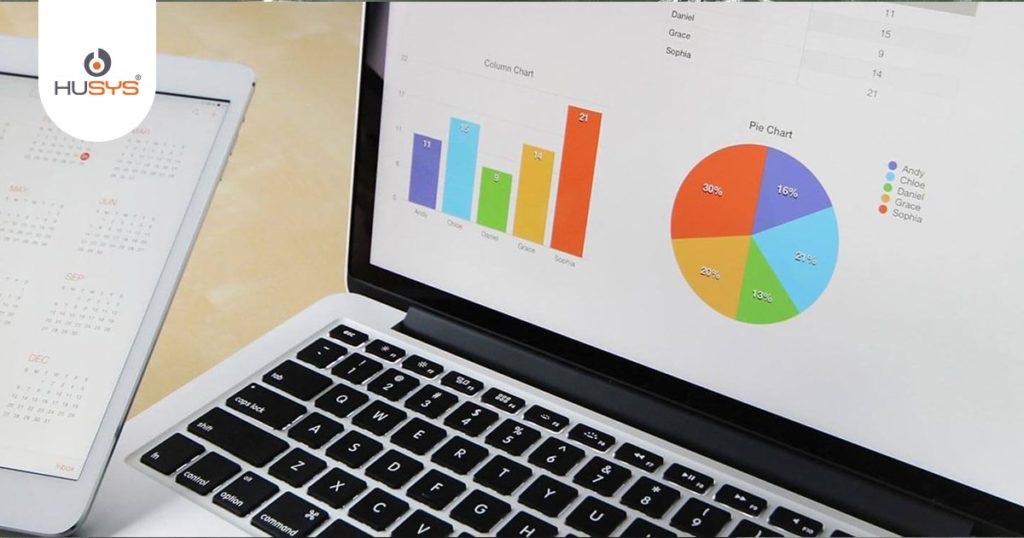HR Audit:
A Human Resource Audit is an important HR management control strategy to review present HR Policies, Procedures, systems and documentation to analyze the improvements to be made in HR operations also to assess statuary compliance with ever-changing rules and regulations. HR audit will provide the feedback about the HR functions to HR managers, which ensure how effective is the personnel programs. It also determines how effectively HR managers are planning and performing their duties. HR audits can be done by reviewing factors like- Hiring and Onboarding, Personnel File Review, Job Profiles, Form Review, Performance Evaluation, Compensation & Benefits, Training & Development, and Exit Process.Why HR Audits?
- To review the performance of the HR department activities in order to assess the effectiveness of the deployed different policies to ensure the organizational goals.
- To take the necessary action on the feedback by identifying the lapse, gaps, irregularities, pitfalls, in the implementation of the policies, procedures, acts, practices, directives of the HR department.
- To Evaluate the HR team and employees with an assistance of performance appraisal reports and do necessary actions for improving the efficiency of the employees.
- To evaluate the job chart or hierarchy, to identify employees’ skills is effectively utilized in the organization or employee skills can be utilized in different roles.
- To seek priorities in values and goals of management decisions.
Who can carry out the HR audit?
A person, who know the roles and responsibilities of an individual in an organization, including the line staff, HR functions manager, and middle & upper management. They can carry out the HR audit if they have the expertise, ability to acknowledge imperfection in current procedures and implement the necessary changes. In case, if no one has the in-depth knowledge of the laws and regulations they can follow the strict audit procedures and protocols and consider hiring the third party to conduct the HR audit.What are the different approaches to HR Audit?
An HR Audit is designed in different ways, each is designed to accomplish the specific objectives of an organization. Some of the more practiced HR audits are: Strategic: It focuses on the strengths and weakness of processes to identify whether they align with the HR departments or the company’s strategic plan. Compliance: It focuses on how well the organization is implementing the federal and labor laws and regulations. Function Specific: It focuses on every HR function and Operations such as Payroll, Recruitment, Performance Management, Administration, etc. Best Practices: This helps the organization to compare their HR practices with the similar organizations and implement the same in order to improve their HR management. Outside Authority: The auditor Compares with the standard rules as a measure by the outside consultant and then find the difference in their organization performance with that. Statistical: In this, the Auditor does the analysis of the existing organization performance such as turnover rates, revenue, individual performance outcome, and absenteeism. Management by Objective: The Auditor compares the HR performance against the goals set by the top management. MBO Approach: Under this approach, targets are fixed for every individual. The performance of every individual is measured by comparing with the individual set goals.What to Audit?
What to audit will depend on the companies pitfalls and environment, the type of audit and the resources available. Before auditing, you need take care of all the procedures and policies which are not covered in the company are design and implement on priority base. Some of the main areas to focus on for audit are:Failure in the classification of exempt and nonexempt Jobs:
In every company, there are some job profiles that company can consider for the overtime and for some profiles they can’t. Implementing laws in organizations which best suits to the employee based on their profiles and by keeping in mind the budget of the company.Security of personal files:
Not providing the proper security for the personal information of the employee, even though promised to do so. Saving personal information or health-related documents in a system which can be accessed by any employee will violate the security of the personal files. Maintaining the accurate and detailed records are essential for employers to protect from any type of employee claim such as wrongful termination claims or particularly unemployment compensation, etc.Prohibited attendance policies:
Restricted leave policies reduce the interest of the employees. It makes the employees take the LOP (loss of pay) leave. Almost in every family, we require a medical, vacation, maternity, and similar other leaves, and if it’s considered as LOP then no employee wants to work for such policies and that will affect the work. Try to implement the necessary leaves and attendance policies in an organization, which make them feel more secure.Inaccurate time Records:
Maintaining a biometric or time recording software will provide security for both the employee and employers. There will not be any conflict with respect to hours of time worked in a week/month. It will be more easy for compensating employees who approved for overtime. So it is essential that time maintenance policies and procedures are clearly administered.Insufficient documentation:
According to the 1-9 Form policies, the list of documents required must be collected from the employees and properly saved. Missing or incomplete documents can be fined by the employer for each failure to accurately complete a 1-9 form.When to Audit?
HR audit required some resources, so companies don’t want to go through this process more than one time in a year. However, doing mini-audits require a little correction that can be carried out without much departmental pain approximately on a quarterly or half-yearly basis. Scheduling annual checkups are preferred to be made only on occasional or panic audits to maintain the discipline.What to Expect?
A complete HR audit is a time consuming and deeply focused task that requires the analysis and review of various legal documents and policies and procedures, in addition to these it requires the interviewing HR staff, selected employees and leads of every department. The time required to carry out this task will depend on the size of the company, the type of audit, type of information/resources a company has, a scope of the audit and the people should involve in the audit. A complete audit will cover almost every area of the organization and takes a longer time to complete as compared with a function specific audit in which only a particular area is targeted for review.Tool for HR Effectiveness
HR audit tools help to carry out a thorough assessment of your HR effectiveness. These tools help to better understand the HR processes & functions that require improvements. Commonly audit requires areas include: Compensation System, Policies & Procedures, Performance Appraisal System and Health & Safety Practices.Employee Satisfaction Survey
Employee satisfaction is mandatory for any organization development. This survey helps the top management and authorities to understand how much employees satisfied with their job roles, what improvements they need, what difficulties they are facing in an organization to carry out their roles and responsibilities, Which factor hindering them in achieving their goals, What improvements a department or management can make which ease the employees’ tasks, etc. Employee satisfaction survey includes a ranking system so employees can show their opinion without disclosing their identity. This helps the HR to reduce turnovers and reduce the training and recruiting costs. It provides the opportunity for the HR to listen to employee needs and provide an appropriate solution to them.Observations
Observation can be best practiced in the workplace, take a close look at every individual activity, understand how well they adhere to the policies and procedures of an organization, employees use of systems, need to assess the adequacy of training programs, assess the organizational culture, helps in job analysis of individuals. Help your employee to know the organization culture also the points on which they are observed so that employees don’t do any unprofessional or unexpected activities in the work environment. Observation of employee can be best focused at times when employees are unaware that they are getting observed at this point in time, otherwise they may change their actual behavior.Interviews and Questionnaires
In Interviews and questionnaires helps both the HR and top management to know employee feedback. This assists to make the deep analysis of the individual work like what difficulties they are facing in performing their work is there any resource inadequacy, the problem in using software/hardware, level of a burden the employee feels in performing their task, general work environment and other problems that your employees face. You can also check the communication gaps within departments. Interacting with employees help to get the expectations of the employee from the employer so that HR can implement that in organizations.Key Performance Indicators
KPI’s are set of standard values an employer or top management create to evaluate the performance of the individual, department, and organization. KPI’s are different for every individual based on their roles and responsibilities like for salesperson how promptly they are replying to the customer query, positive or negative feedback rate of the customers, clients conversion rate, number of queries can handle in a day, how many projects handles in a year and overall performance in a year. Based on this information, you can measure productivity and competency levels of an employee and appropriately create a reward system aligning with HR strategy. Same points you can make use for indicating organization performance in reaching their mission, vision, and goals.Benefits of HR Audit:
- HR audit maintains the standardization in the organization also in the work of every individual.
- It creates a highly professional image of the HR department.
- It clarifies the department roles and improves the uniformity in geographically scattered organizations.
- It ensures the compliance with a variety of laws and strategic plans in an organization.
- It focuses on the contribution of HR department to the organization.
- Help to find the critical HR problems.
- Ensures timely compliance with legal requirements.
- Reduces the overall organization costs through more effective HR procedures.




